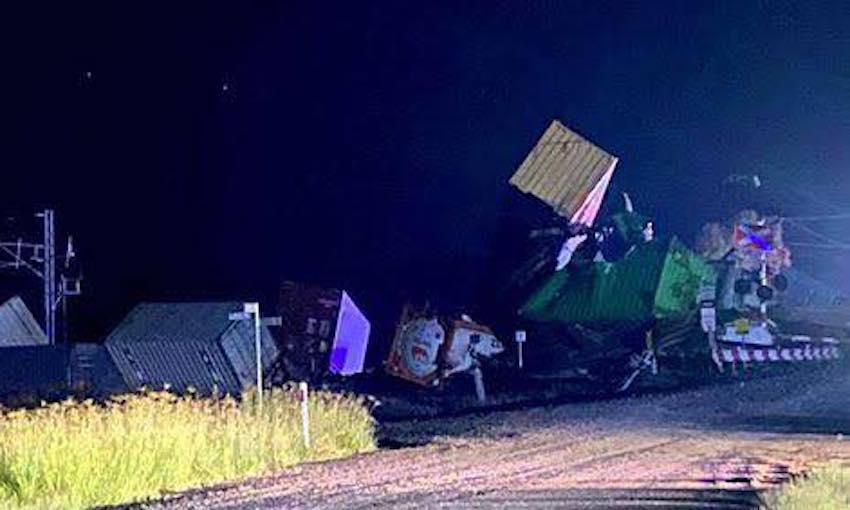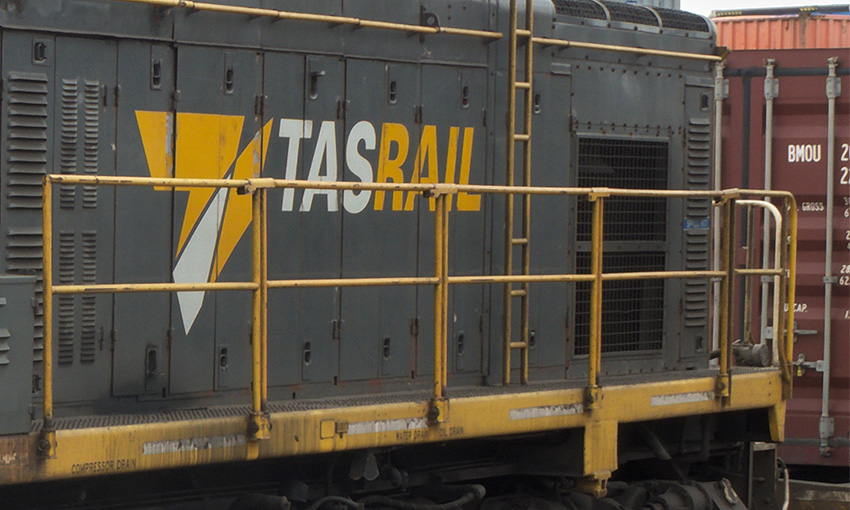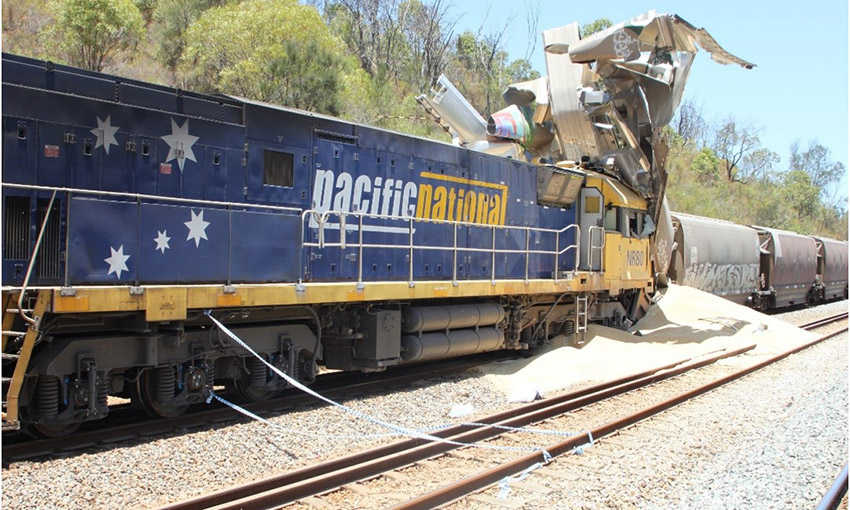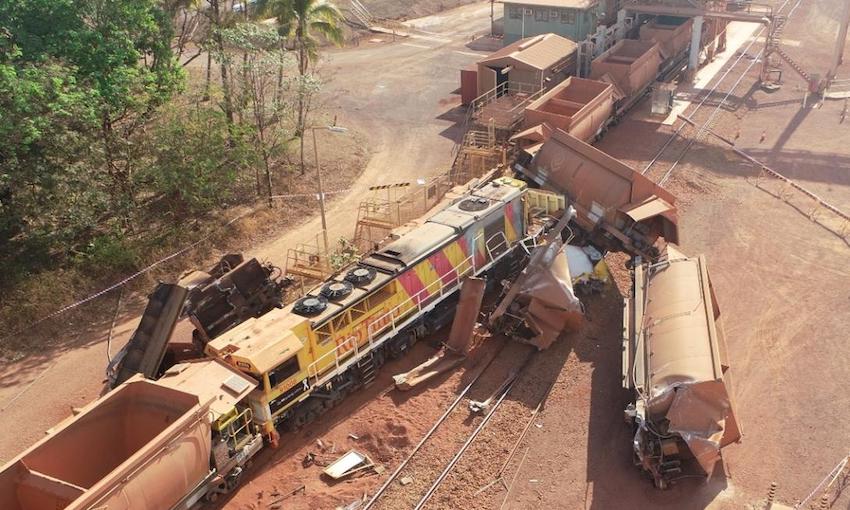AN INVESTIGATION is underway following a derailment and collision involving an Aurizon coal train and a Pacific National freight train on Sunday.
The incident occurred in Queensland at around 1915 on 29 January when the freight train, carrying containers, derailed and collided with the coal train.
Footage from the incident shows a pile-up of containers on the track in Marmor, around 40 kilometres south of Rockhampton.
Rail freight operator Aurizon said in a statement that no one was injured, but a number of container wagons were derailed and the track and overhead powerlines were damaged.
Aurizon confirmed the rail corridor between Gladstone and Rockhampton was closed to all rail traffic including, coal, freight and passenger trains.
The rail corridor is part of Aurizon’s 2670-kilometre Central Queensland Coal Network, which connects more than 50 mines to five coal export ports, including ports of Abbot Point, Gladstone and Rockhampton.
“Rail safety officers from the Office of the National Rail Safety Regulator were on site today to commence the investigation,” Aurizon said in its statement.
It said recovery work will not commence until the Office of the National Rail Safety Regulator releases the site.
“Aurizon estimates that once the recovery process is able to commence, it is then expected to take up to five days to reopen the track to trains.
“This timeframe is subject to further assessment once rail teams get access to the site.
“Recovery includes the removal of rollingstock, repairs to the track infrastructure and the restoration of damaged overhead wires and electrical masts.”
The Australian Transport Safety Bureau has launched an investigation into the derailment and collision.
ATSB chief commissioner Angus Mitchell said in a statement the safety bureau has deployed a team of transport safety investigators to begin the evidence collection phase of the investigation.
The investigators are from ATSB’s Brisbane and Canberra offices and have experience in train and railway operations and maintenance.
“Once on site, investigators will examine the railway infrastructure and rollingstock in-situ, documenting evidence and removing any relevant components for further examination at the ATSB’s facilities in Canberra,” Mr Mitchell said.
“Likely further investigation activities will include interviewing the drivers, operations staff and any witnesses, reviewing operator procedures, analysing any recorded information, and examining relevant components.
“The scope of the investigation and its timeframe will be determined as the ATSB builds its understanding of the nature of the event.”
“Should any critical safety issues be identified at any stage during the course of the investigation, the ATSB will immediately notify relevant parties so appropriate safety action can be taken.”





